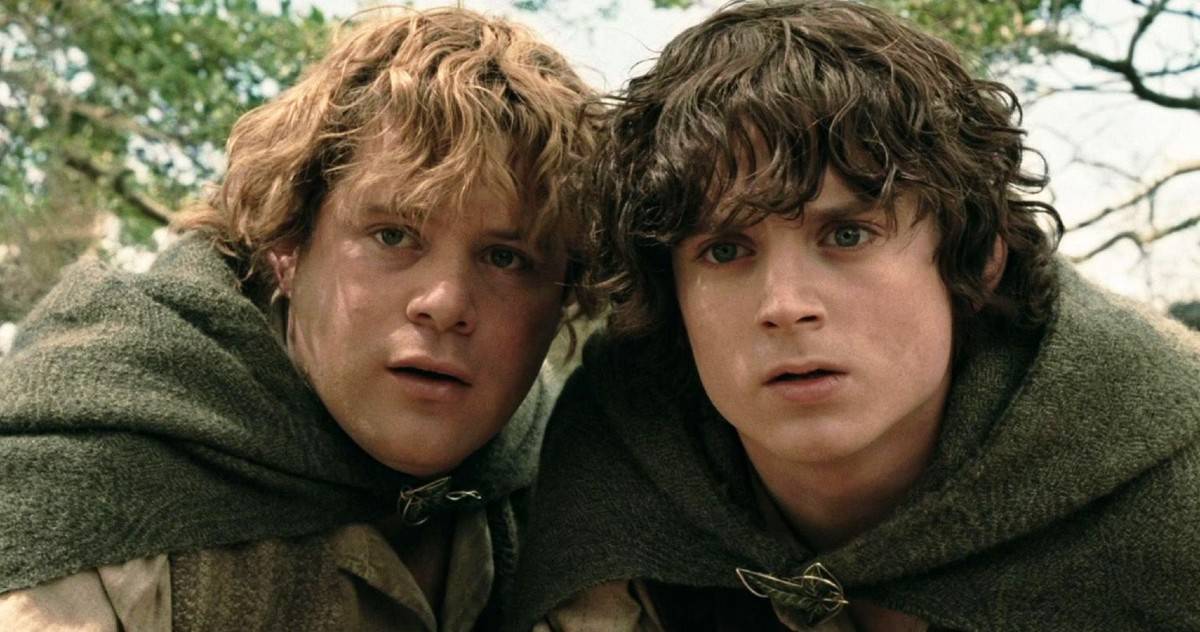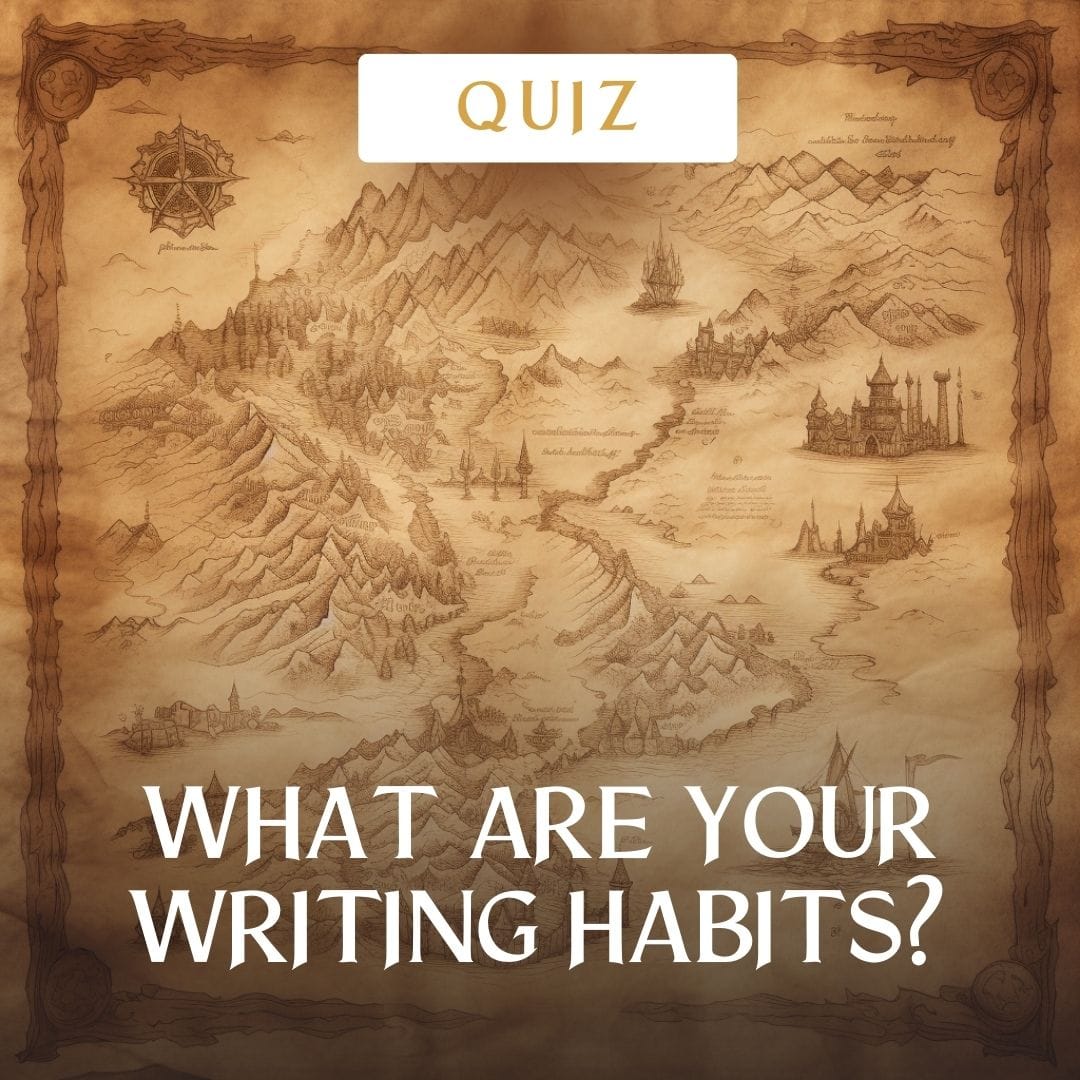I read once that Tolkien started LOTR with a single Hobbit character, like Bilbo. Then, at some point, he split them into four characters, so that each character could embody a particular attitude, and have unique roles in the story.
What used to be an overly complex character became four simpler, more easily understandable figures.
Frodo became the willing, suffering servant open to heroism. Sam, the simple, headstrong, faithful, and biased manservant. Merry the noble, high-minded and courageous merrymaker. And Pippin, the clumsy and rambunctious sillymaker who learns greatness.
So I have no idea if this is true or not, nor where I read it. But you can see how all of these could be a single character. You or I are any of these, on a given day. Before or after coffee. Would LOTR have been as beloved if we’d had a hobbit character who contained all these motivations and reactions?
Every human is that complex, sure. But stories are about unpacking things, and prodding them into communication with each other. Into interaction with each other.
LOTR is a world of magic and fun and drama because each hobbit is so clearly their own character, even though each one has the capacity to be all the others.
I think that many of us, when we’re starting out with our own characters, sometimes get stuck. I know I do.
We make our characters too complex. We do the ‘mandatory’ behind-the-scenes homework, and fill sheets of character backstory and reasons. But then something happens.
All that internal awareness we have of their inner lives acts like deadweights around their ankles. And the characters can’t leap and fly and act like we want them too. We have too many things to consider. Too many motivations and weaknesses and interests.
What’s the answer?
Consider splitting your Frodo.
A personal example
A few years back, I was expanding a story into a larger novel. Strangely enough, the more I worked with my main character, the more I realized I couldn’t get him to act. I couldn’t get into his heart and mind. I couldn’t make the story work.
In each scene, he needed to relate to too many things in different ways. He needed to be like a noble prince, looking out for the good of his people. He needed to be a rebel with a dark history, and a childhood trauma that set him apart from all the other nobles. And he needed to have friends and go on adventures discovering the world.
But the more I tried to weave these together, the harder it became.
And then suddenly it became clear. I needed to split him apart.
Instantly, the story expanded, and started making sense.
The main character became two: a noble prince fighting for his people’s ways, and slowly uncovering how the presence of magic changed everything, and a rebel with a traumatized childhood who wanted to leave but couldn’t muster the courage.
It was amazing. The characters made sense. Their motivations were clearer. I could understand how they would interact. How they could grapple with each other as they tried to reach their goal.
I had been putting too many things into a single character’s head.
Ways to split
Sometimes splitting your characters creates two friends who can riff on each other. This is a seriously good idea, because it saves your main character from thinking through each chapter. Now you have a story element that exists to prompt dialogue and interaction. That’s much more interesting.
Sometimes splitting creates a whole new character arc and story need. This can set up a character against, or parallel, to your first character. Separating out their motivations allows your characters to be more single minded – which is a great motivator for protagonists. Assigning clear goals to each character allows you to say ‘this character does this, and wants this’ and ‘this other character wants and does this’.
And sometimes splitting creates a side character who has no other purpose than to be a new point of view, or argument, on the main character’s ideas.
Making characters complex and nuanced can sometimes backfire, and slow us down. However ‘real’ we try to make them, it’s still vital that their reasons for taking action are so clear you can actually talk about them – and have someone nod and go ‘heck yeah, I want to read about that.’
It’s human psychology, really
We all actually run around with different ‘parts’ inside us, like full fledged personalities. Think of ‘Up’, where different mini-people drive the main character.
Depending on what you’re doing – eating dinner, alone at your homework, visiting friends, shouting at a rally – you’re ‘channeling’ or being a specific version of yourself.
In a moment of danger or excitement, the parts of you that are soft and nice and friendly probably go away. You become hard, active, fast, alert. And when having dinner with friends, you might be funny, open, generous, and wry.
And if we look deeper into our physiology, we find a quad of characters. Our bodies are like golems – big, dreaming, simple, reactive, and friendly. Our shadow side is ever-alert, scared, looking for danger, and ready to swell into a monster to keep you safe. Our nervous system is lightning-fast, edgy, responsive, perhaps snarky? Your emotional side could be split off from your body, since emotions are thoughts and habits expressed through our body, and they rush in and out like waves and storms, rarely constant. Lastly, there’s you, the ‘master’ of this hotel of beings, looking to discover yourself, your capacity for adventure and resilience, and ability to connect with others.

Image copyright Marvel
You can see how this is an instant ‘team’ makeup for any story. Each of these characters will react in predictable ways when you throw fun or danger at them. We resonate with each one, because we are them all.
But for story purposes, it helps to flatten them out, to split them apart.
A CatholicAuthor community member pointed out that Spock and McCoy are aspects of Captain Kirk. Spock is his mind process, and Bones is his hearty visceral reaction.
Our inner dialogues with our parts are instantaneous, and habitual. We don’t often even realize how we’ve intuited our responses to our reactions.
This is where it can get a little more meta.
Because sometimes its not about adding more characters. But seeing how existing characters can play specific roles.
Roles? For who?
Partly the main character. But in a greater sense, the reader is your main character.
Your reader is the one going on the journey, living the events through the life and eyes of your protagonist.
Think about that. That’s why we spend so much time making things believable, instantaneous, sensory… so that our reader can be pulled into an ‘out of body’ experience and live as someone else.
And if your story has a deep message or idea you are exploring, then you use your characters to dialogue with that idea. To object to it. To run from it. To learn it wrong, make mistakes, and be corrected. Maybe finally, to accept and integrate it.
This is what we normal people do all day long with ideas, with reality, with other people. With your fiction, its like watching a predigested play.
Look back at every tale where you felt overwhelmed and swept along. It’s probably because the author ‘climbed inside your head’ and thought like you, through a cast of characters. Perhaps pulled you along, and left you to make your own decision.
That’s the pull of fiction. Not to evangelize an answer. But to dramatise the question, and the hunt for the answer.
Stories take our inner argument and thought process and slow it all down. Turn it into a team, and have them talk through what they think together.
And some of us identify more with one part than another.
So next time a character starts to feel unwieldy, see if it makes sense to split it into several characters.
Over to you!
Have you ever done this? What comes to your mind as you read this?
Header photo copyright New Line Studios




Wow, this is brilliant!
Glad you think so too! :D